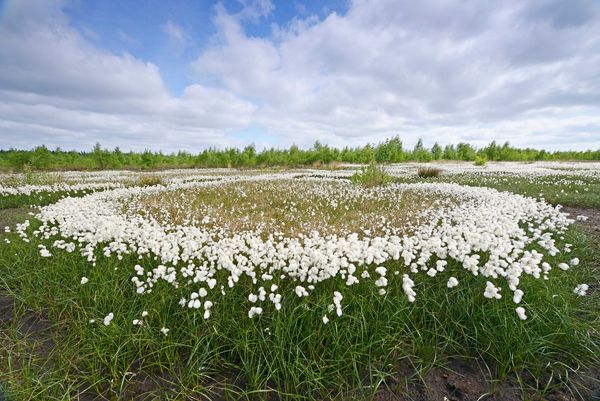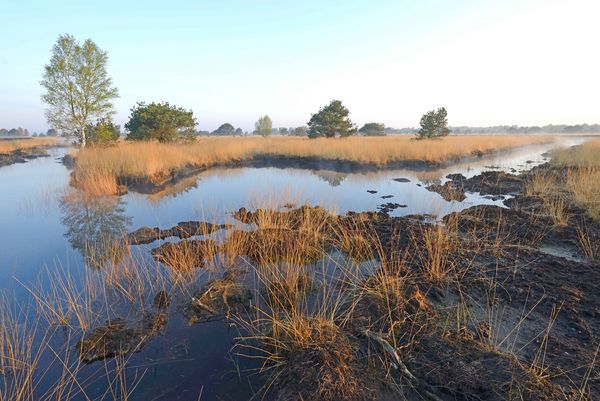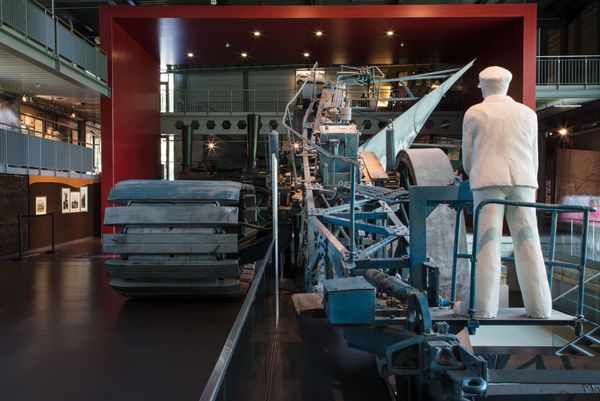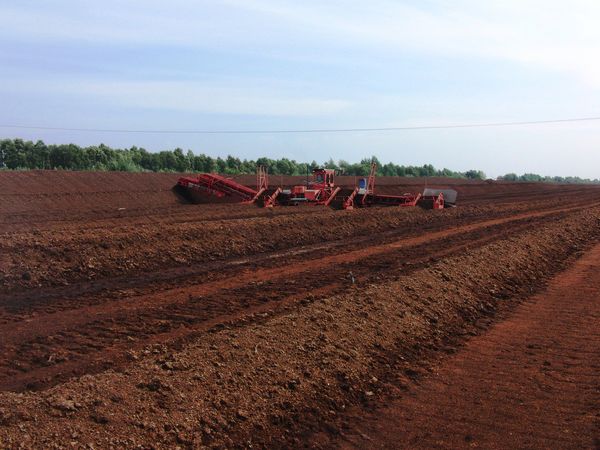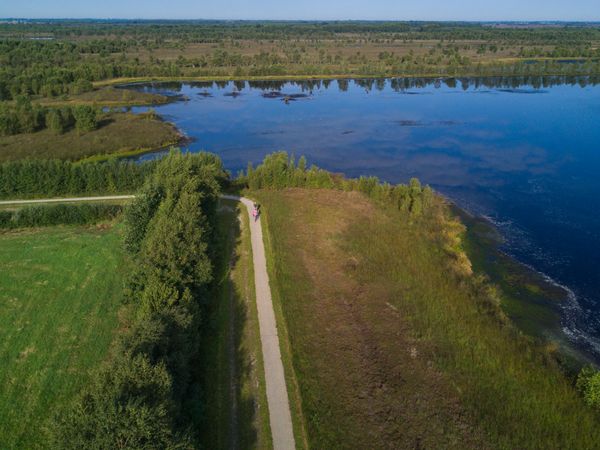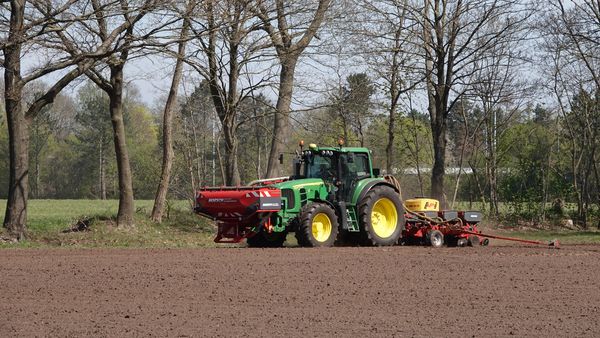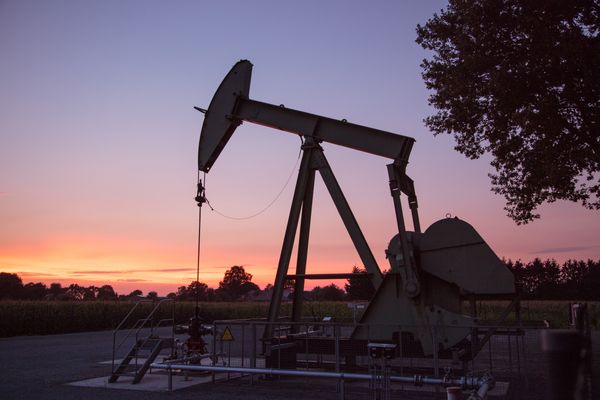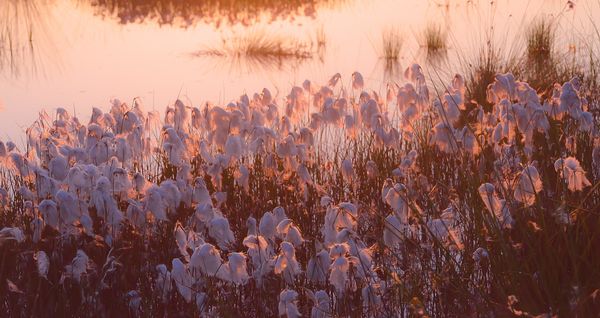Before its cultivation in the mid-19th Century the Bourtanger Moor, covering an area of 1,200 km², was one of the largest continuous raised bogs in Central Europe. Something eerie and threatening seemed to emanate from it. However, this view of the moor as a vast natural landscape hostile to human life has changed.
Thanks to human settlement, peat extraction and subsequent agricultural use the region today is characterised by a mosaic of different areas. These range from unspoiled and renatured raised bog areas with flora and fauna worth protecting through to cultivated valuable landscapes heavily affected by human activity. Large farming businesses equipped with the latest agricultural machinery are an important economic factor. Between extensively used pasture land and woods bloom vibrant towns and communities.
The character of the moor is, however, evident throughout the Nature Park. The vastness of the landscape, the strung-out settlements and canals that are so typical of the moor are especially noticeable. And slowly they are being restored, the wide moorland landscapes.
